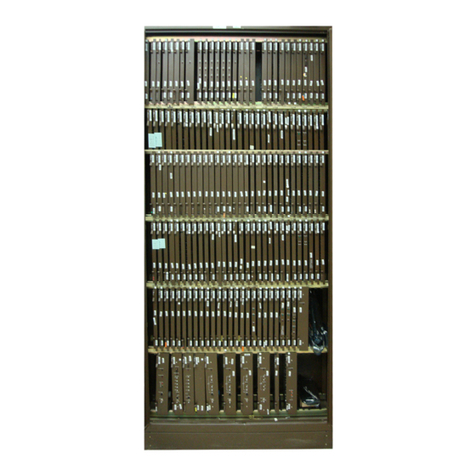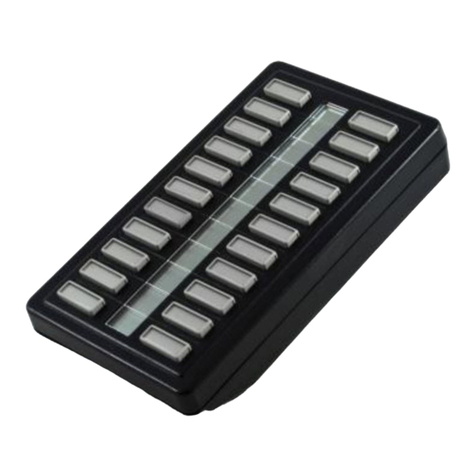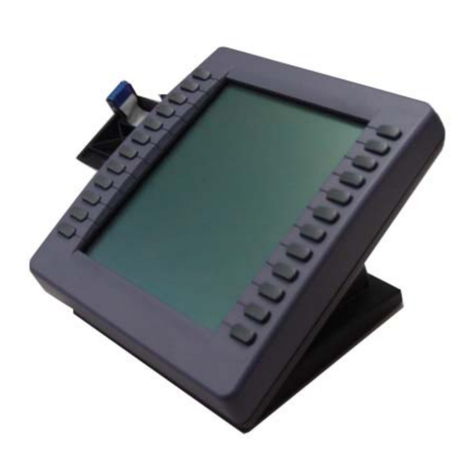
Contents v
DMS-100 Family OPM Maintenance Manual XPM14 and up
3 PRLCM overview 3-1
PRLCM configuration 3-1
International line concentrating module 3-3
Host interface equipment shelf 3-3
Remote maintenance module 3-8
Frame supervisory panel 3-9
Emergency stand alone description 3-10
ESA hardware representation 3-11
ESA operation 3-12
ESA hardware 3-13
Intracalling during ESA mode 3-14
ESA call processing 3-14
Channel configuration 3-14
Exiting PRLCM ESA mode 3-15
4 ESA maintenance overview 4-1
Functional description 4-1
ESA hardware representation 4-1
ESA operation 4-3
ESA hardware 4-4
In-service firmware downloading 4-9
Software operation 4-11
Intracalling during ESA mode 4-11
ESA call processing 4-11
ESA translation data 4-18
Supported subscriber line types 4-19
Supported subscriber services 4-20
Channel configuration 4-20
Exiting the OPM ESA mode 4-22
Ringing during ESA mode 4-25
Treatments during ESA mode 4-25
ESA limits 4-25
Fault conditions 4-27
Unusable communication links 4-27
Looparound message audit failure 4-27
Automatic ESA maintenance 4-28
ESA line audits 4-28
Digitone receiver audit 4-29
Automatic static data downloading and system maintenance 4-29
Routine exercise test 4-29
Escalation to manual maintenance 4-31
Loading ESA static translations data 4-31
ESA manual exit 4-32
LTC maintenance to prevent ESA mode 4-32
5 OPM hardware 5-1
OPM hardware components 5-1
Hardware configuration 5-1
Line concentrating module 5-1



































